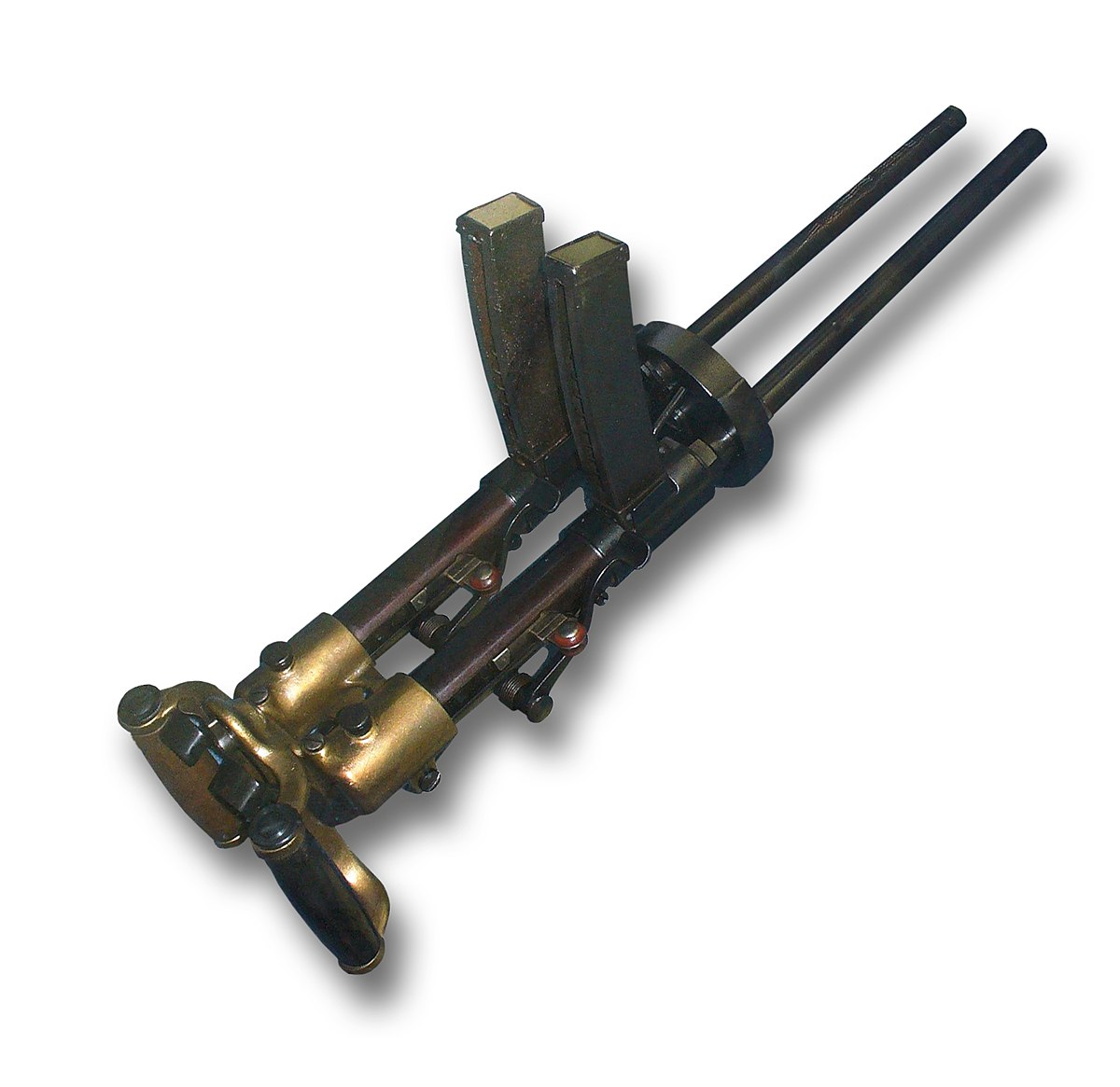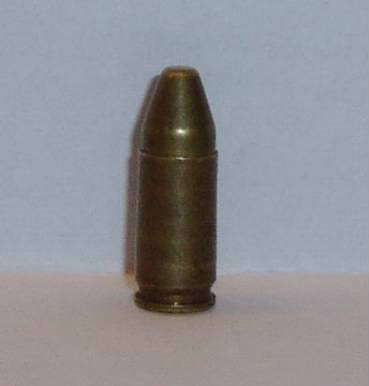BlackSheep
Banned
- 443
- May 31, 2018
Agree completely, especially since the objective is to save the bomber/crew and not necessarily shoot down fighters.Personally I don't think it's makes any difference what guns you had, the waist gunners in American bombers were trying to hit a fighter closing in at 350 plus miles an hour while traveling at 200 plus miles an hour with a pindle mounted .50, do you really think they had any chance of accurately tracking ranging and leading a fighter enough to make one gun better than another?, same for rear seat gunners in torpedo/dive bombers, I believe loading lots of tracer would be a better deterrent than the size of the bullets.


